
-
Find the right food for your petTake this quiz to see which food may be the best for your furry friend.Find the right food for your petTake this quiz to see which food may be the best for your furry friend.Featured products
 Adult Small Bites Chicken & Barley Recipe Dog Food
Adult Small Bites Chicken & Barley Recipe Dog FoodSupports lean muscle for dogs who prefer smaller kibble
Shop Now Adult Small Bites Lamb Meal & Brown Rice Recipe Dog Food
Adult Small Bites Lamb Meal & Brown Rice Recipe Dog FoodSupports lean muscle, for dogs who prefer smaller kibble
Shop Now Hill's Science Diet Adult Oral Care Chicken, Brown Rice & Barley Recipe Dog Food
Hill's Science Diet Adult Oral Care Chicken, Brown Rice & Barley Recipe Dog FoodClinically proven kibble technology to reduce plaque & tartar build-up
Shop NowFeatured products Adult Perfect Digestion Chicken, Barley & Whole Oats Recipe Dog Food
Adult Perfect Digestion Chicken, Barley & Whole Oats Recipe Dog FoodScience Diet's breakthrough nutrition supports ultimate digestive well-being & healthy microbiome
Shop Now Hill's Science Diet Adult 7+ Healthy Cuisine Roasted Chicken & Rice Medley Cat Food
Hill's Science Diet Adult 7+ Healthy Cuisine Roasted Chicken & Rice Medley Cat FoodDelicious roasted chicken and rice in a mouthwatering sauce
Shop Now Adult Perfect Digestion Salmon, Whole Oats, and Brown Rice Recipe Dog Food
Adult Perfect Digestion Salmon, Whole Oats, and Brown Rice Recipe Dog FoodScience Diet's breakthrough nutrition supports ultimate digestive well-being & healthy microbiome
Shop Now -
Featured articles
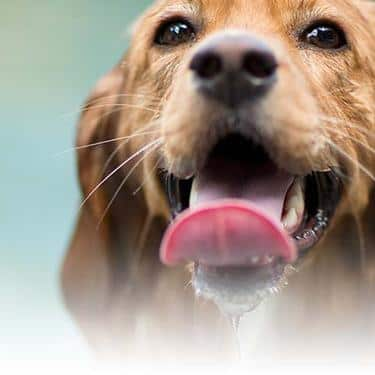 Water
WaterDiscover why water is the most important nutrient for your dog or cat to live a healthy life. Find out how much water your pet should consume each day.
Read More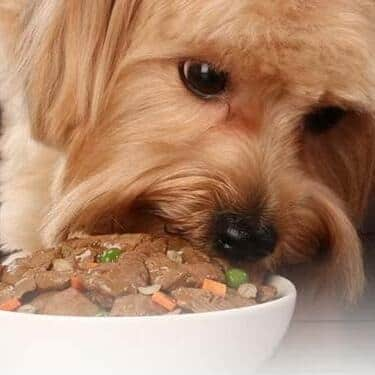 Pet Food Storage Tips
Pet Food Storage TipsDiscover how and where to store your dry, as well as canned, dog and cat food. Learn how to find the "best before" dates on all Hill's pet food packaging.
Read More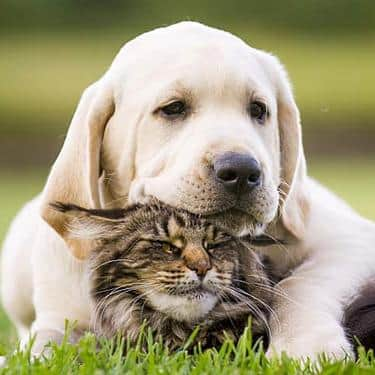 The Incredible Science Behind Your Pet's Microbiome
The Incredible Science Behind Your Pet's MicrobiomeLearn what a pet's microbiome is, how it contributes to your pet's gut & overall health, and why nutrition is important in maintaining healthy microbiomes.
Read More -
Kidney health for cats
Kidney health for cats
What is kidney disease in cats?
Chronic kidney disease (CKD) is defined as any abnormality of one or both kidneys that has been present for several months. It is a common condition, affecting about 1 of every 3 cats.1
Your cat’s kidneys play a vital role in removing metabolic wastes from the bloodstream, regulating fluid and electrolyte balance, producing or activating important hormones and helping control blood pressure. If your cat’s kidneys cannot do their job properly, CKD can eventually lead to life-threatening problems.
What causes kidney disease in cats?
The cause of CKD in cats often is unknown; however, several factors may be involved that could increase your cat’s risk of developing kidney disease:




Early detection of kidney disease in your cat
Catching CKD before signs become obvious is important since signs do not typically appear until 75% of kidney function has been lost. At 7 years and older, a cat’s kidney disease risk increases, so be sure to get a “senior screening” during their annual check-up. CKD is progressive and irreversible, but your veterinarian can help provide long-term care and show you how to track signs in older cats.
What are the signs of kidney disease in cats?
The signs of early-stage kidney disease are not visible. On diagnosis, CKD has already been present for some time but may be managed with the help of vet-recommended cat food for kidney disease. Signs of late-stage kidney disease tend to be similar but are far more noticeable to pet parents.



















Nutrition for cats with kidney disease
If your cat has kidney disease, the nutrition formulated for them can help make an impact on their lives. Specially formulated therapeutic foods that contain decreased amounts of phosphorus and highly digestible protein, and increased omega-3 fatty acids from fish oil have been shown to support quality and length of life in cats with CKD compared to feeding a non-therapeutic food.
Your cat’s appetite may vary over time when they have CKD and offering different forms (dry, stews) and flavors of an appropriate food recommended by your veterinary healthcare team can be very helpful. The single most important thing you can do is make any changes to a new food gradually because some cats need several weeks or longer to get used to a new food.
What about using a homemade diet for cats with kidney disease?
While it has gained some popularity online, using a homemade food (or a raw food) for cats with kidney disease requires you to take into account several factors, including contamination risks, balancing nutrients, and the overall cost. When looking into nutritional options for cats with kidney disease, it’s always best to get a specific recommendation from your veterinarian.
Nutrition for cats with kidney disease
If your cat has kidney disease, the nutrition formulated for them can help make an impact on their lives. Specially formulated therapeutic foods that contain decreased amounts of phosphorus and highly digestible protein, and increased omega-3 fatty acids from fish oil have been shown to support quality and length of life in cats with CKD compared to feeding a non-therapeutic food.
Your cat’s appetite may vary over time when they have CKD and offering different forms (dry, stews) and flavors of an appropriate food recommended by your veterinary healthcare team can be very helpful. The single most important thing you can do is make any changes to a new food gradually because some cats need several weeks or longer to get used to a new food.
What about using a homemade diet for cats with kidney disease?
While it has gained some popularity online, using a homemade food (or a raw food) for cats with kidney disease requires you to take into account several factors, including contamination risks, balancing nutrients, and the overall cost. When looking into nutritional options for cats with kidney disease, it’s always best to get a specific recommendation from your veterinarian.
Recommended products for cats with kidney issues

Clinically tested nutrition formulated for multiple benefits: digestive health, weight management, blood sugar management and urinary health

Over 70% of dogs lost weight within 10 weeks when fed this nutrition (USA Study)

Clinical nutrition formulated to help cats lose weight and manage blood sugar

Supports energy level and beautiful fur in indoor cats
Related Articles
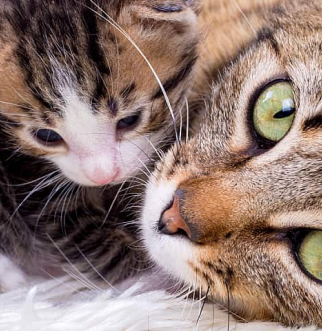
Learn how to spot common signs that your cat might be pregnant, as well as care and nutrition tips for her if you find out she is expecting.

Learn more about cat periods, when you can expect them, and what kind of impact your cat's heat cycle has on her body.
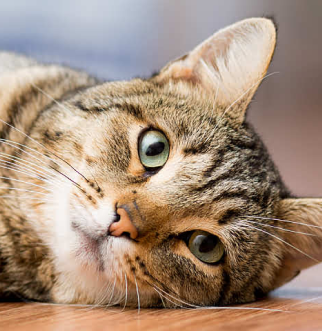
Learn about types of skin lumps that can occur on a cat, why they happen, what each type means (i.e. fluid filled, etc.), and how they are treated.
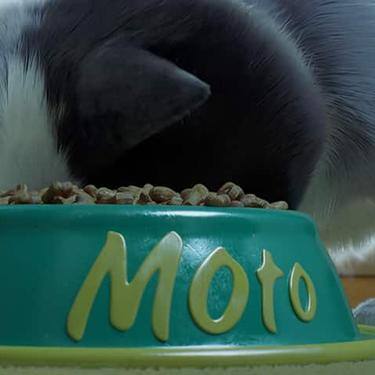
Obesity is a health condition that affects many cats these days. Use these easy to follow methods to help your cat lose weight and keep it off.
References: 1Lulich JP, Osborne CA, O’Brien TD, Polzin DJ. Feline renal failure: questions, answers, questions. Compend Contin Educ Pract Vet. 1992;14(2):127–153. Brown SA. Renal dysfunction in small animals. The Merck Veterinary Manual website.

